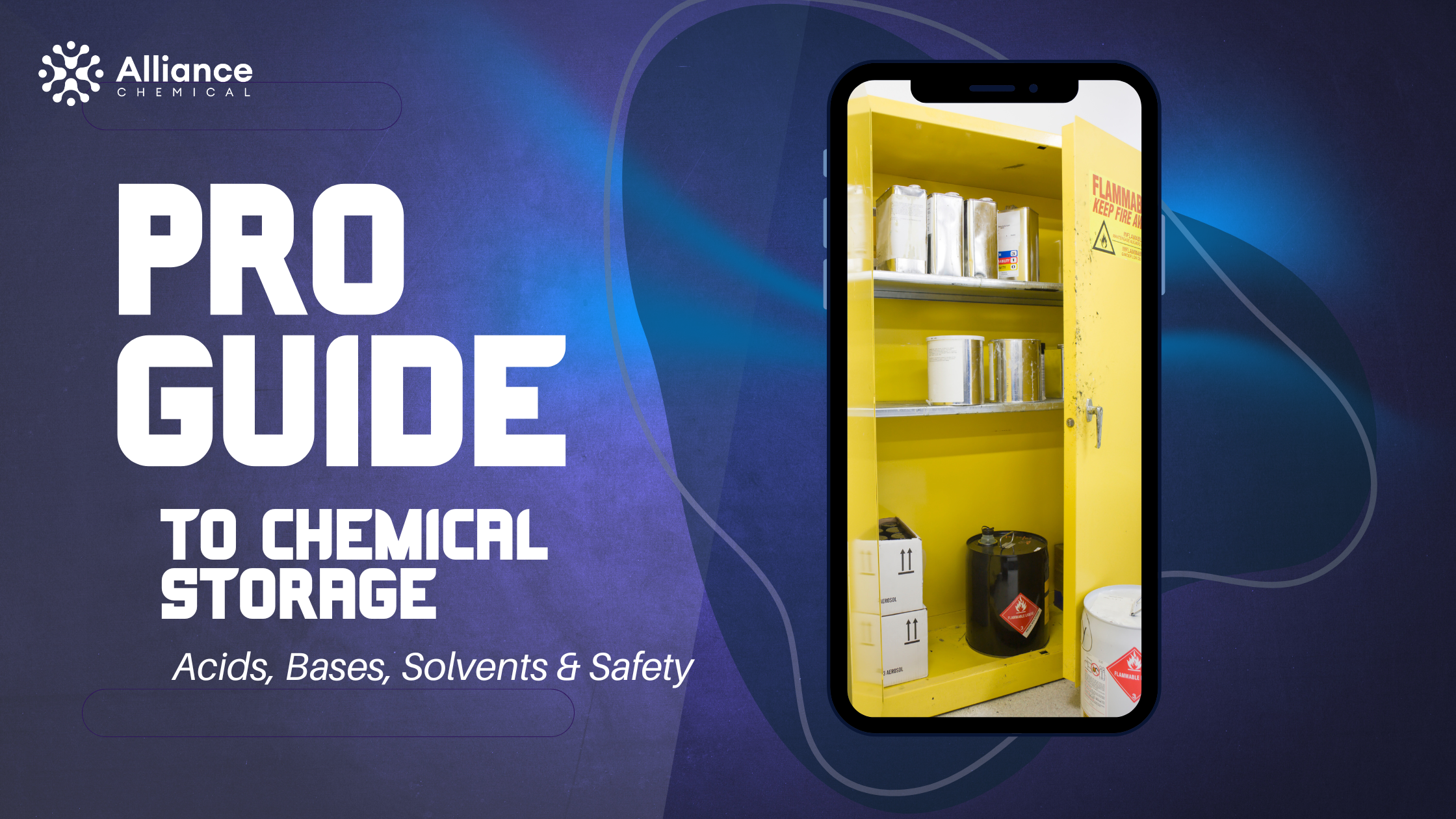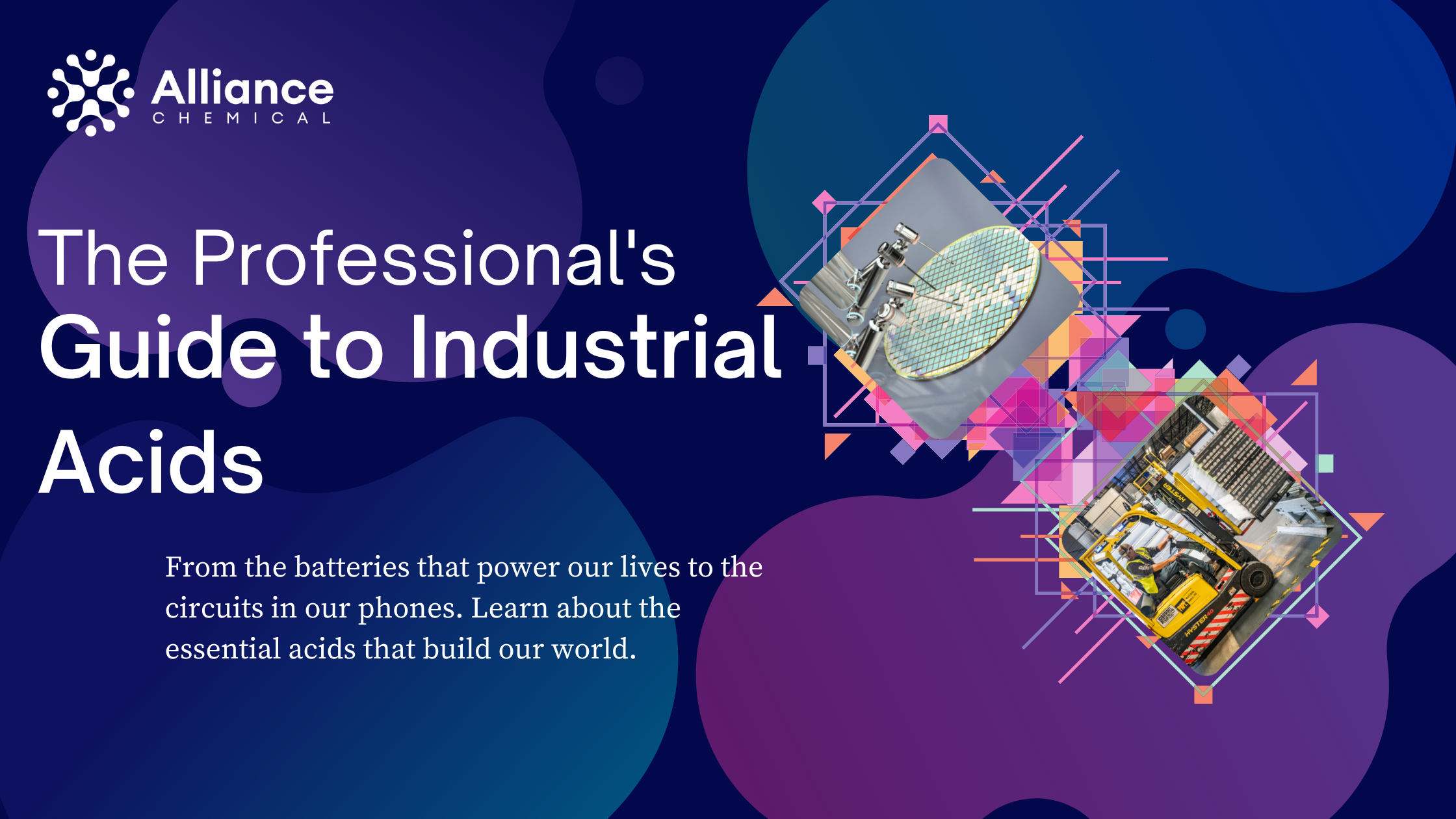
From Cloudy to Clear: The Essential Role of Aluminum Sulfate in Coagulation & Flocculation
Table of Contents
Summary
In the critical field of water treatment, the removal of microscopic suspended particles is the essential first step toward achieving clarity and safety. This is accomplished through coagulation-flocculation, a robust chemical and physical process. This definitive guide provides a deep, technical dive into the science of this process, focusing on the industry's primary workhorse, Aluminum Sulfate (Alum), and provides the expert knowledge needed to optimize its application in municipal, industrial, and environmental settings.
The Problem: Understanding Turbidity and Colloidal Suspensions
The cloudiness or haziness in water, known as turbidity, is caused by vast numbers of microscopic particles—such as clay, silt, organic matter, and microorganisms—that are too small to settle out on their own. These are known as colloidal particles.
Their refusal to settle is due to a fundamental principle of surface chemistry. Most colloidal particles in natural water possess a negative surface charge. This charge causes them to repel each other, similar to trying to push two same-sided magnets together. This electrostatic repulsion, measured as zeta potential, keeps the particles in a stable, permanent suspension, rendering simple filtration ineffective.
The Solution: A Four-Step Process with Aluminum Sulfate
Coagulation-flocculation overcomes this electrostatic repulsion using a chemical coagulant. The most widely used and cost-effective coagulant is Aluminum Sulfate (Al₂(SO₄)₃), commonly known as alum.
Step 1: Coagulation (The Flash Mix)
This is the critical charge neutralization step. When Aluminum Sulfate is added to water, it dissolves and dissociates, releasing highly positive trivalent aluminum ions (Al³⁺). During a period of intense, rapid mixing (the "flash mix"), these positive ions neutralize the negative charge of the colloidal particles. With their repulsive forces eliminated, the tiny particles are no longer stable and can begin to stick together.
Step 2: Flocculation (The Slow Mix)
Immediately following coagulation, the water enters a basin for a period of gentle, slow mixing. During this stage, the neutralized microparticles begin to collide and aggregate. Simultaneously, the aluminum ions react with the water's alkalinity to form a gelatinous, sticky precipitate of aluminum hydroxide (Al(OH)₃). This precipitate is the "floc." The slow mixing encourages the microparticles to collide with and become entrapped in the growing, web-like floc particles, forming larger, heavier, and more visible clumps.
Step 3: Sedimentation (Settling)
After flocculation, the water flows into a large, calm sedimentation basin or clarifier. Here, the water velocity is dramatically reduced, allowing gravity to take over. The heavy floc particles settle to the bottom of the basin, forming a layer of sludge that is periodically removed. The water that leaves the top of the basin is now substantially clearer.
Step 4: Filtration (Polishing)
As a final polishing step, the clarified water is passed through filters, typically composed of layers of sand, gravel, and anthracite. This removes any remaining, non-settled floc and fine particles, resulting in crystal-clear, low-turbidity water ready for disinfection.
Critical Applications of Aluminum Sulfate
Municipal and Industrial Water Treatment
This is the largest application. Public drinking water systems and industrial facilities use coagulation-flocculation as the primary method for removing turbidity from raw water sources. This process not only improves the aesthetic clarity but is a crucial step in public health, as it removes a significant percentage of bacteria and viruses that are attached to the suspended particles.
Wastewater Treatment
In both municipal and industrial wastewater treatment, alum is used to remove suspended solids, phosphorus, and other contaminants. Phosphorus removal is particularly important for preventing eutrophication (algal blooms) in receiving bodies of water.
Pond and Lake Clarification
Alum is highly effective at clearing muddy or cloudy ponds caused by suspended clay particles. The process binds the clay, allowing it to settle and restoring water clarity, which improves aesthetics and the health of the aquatic ecosystem.
How-To: Clarify a Muddy Pond with Alum
- Calculate Dosage: The typical dosage ranges from 25 to 50 lbs of Aluminum Sulfate per acre-foot of water. An acre-foot is one acre of surface area with an average depth of one foot. Measure your pond's surface area and average depth to calculate the total volume.
- Create a Slurry: Mix the required amount of alum with water in a large bucket or tank to create a liquid slurry. This ensures even distribution.
- Application: Using a boat and a pump, spray the slurry evenly across the entire surface of the pond. For very small ponds, it can be broadcast carefully from the edge.
- Aeration: It's beneficial to have an aeration system running during and after application to ensure proper mixing and to support aquatic life, as the process can temporarily lower oxygen levels.
- Observe: The pond should begin to clear significantly within 24-48 hours as the floc settles.
Buyer's Guide: Selecting the Right Aluminum Sulfate
| Product Grade | Purity / Form | Primary Use Cases | Ideal User |
|---|---|---|---|
| Technical Grade (Granular/Powder) | Standard Industrial Purity | Municipal/industrial water treatment, wastewater treatment, pond clarification, pulp & paper manufacturing. | Water Treatment Operators, Pond Managers, Industrial Facilities. |
| ACS Grade (Hydrate) | High Purity, meets American Chemical Society standards. | Laboratory-scale jar testing, creating analytical standards, research, high-purity applications. | Chemists, Researchers, Quality Control Labs. |
Optimizing Performance: Critical Process Parameters
Achieving effective coagulation is a science. Operators must monitor and control several key factors:
- pH: Alum works best in a pH range of 5.5 to 7.5. Outside this range, its solubility changes and floc formation is poor. Operators often use acids like Sulfuric Acid or bases like Sodium Hydroxide to adjust the raw water pH into the optimal range.
- Alkalinity: The alum hydrolysis reaction consumes alkalinity. The source water must have sufficient alkalinity to buffer the pH drop, otherwise, additional alkalinity may need to be added.
- Mixing Energy: The "G value" (velocity gradient) is critical. The initial flash mix must be rapid and violent to ensure complete dispersion of the coagulant. The subsequent flocculation mix must be slow and gentle to allow flocs to grow without being sheared apart.
MANDATORY Safety Protocols for Handling Aluminum Sulfate
While not as hazardous as strong acids or bases, Aluminum Sulfate is an industrial chemical that requires proper handling to ensure safety.
- Dust Inhalation: The fine powder or granular form can be a respiratory irritant. Always wear a NIOSH-approved dust mask or respirator when handling dry product.
- Personal Protective Equipment (PPE): Wear standard PPE, including safety glasses or goggles and gloves, to prevent eye and skin irritation.
- Corrosivity: Alum solutions are acidic and corrosive to some metals. Store in properly rated plastic or fiberglass-reinforced plastic (FRP) containers.
- Storage: Store dry alum in a cool, dry place away from moisture to prevent clumping.









